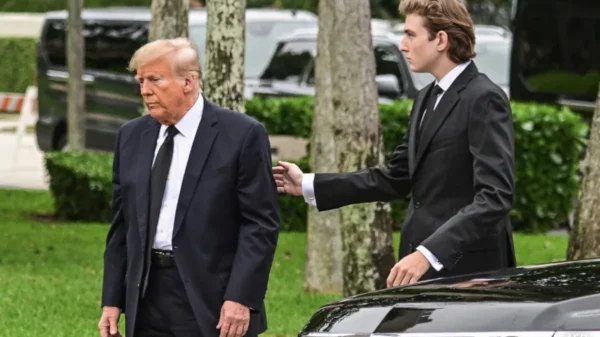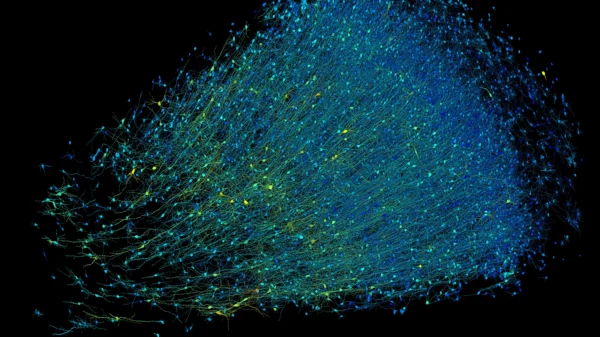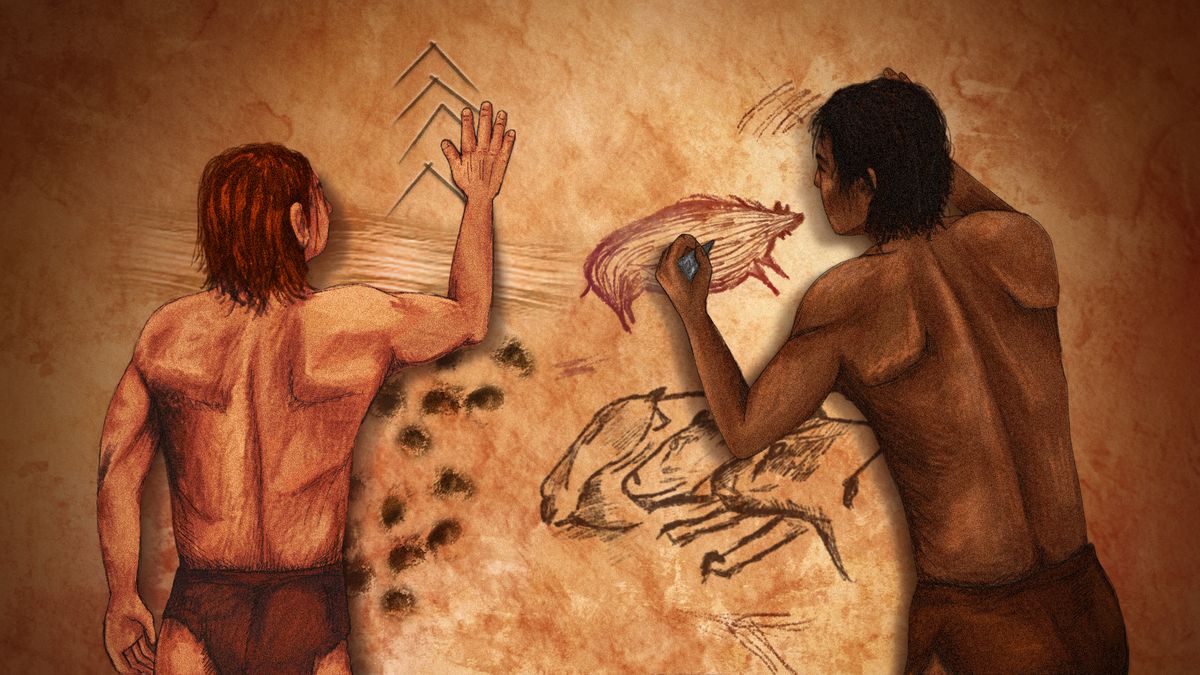In the heart of central Germany lies the “Unicorn Cave,” a place steeped in mystery and folklore. For centuries, it has captured the imagination of many, its name evoking images of mythical beasts and enchanting tales. But beyond the realm of fantasy, this cave holds a remarkable secret—one that sheds light on the artistic capabilities of our ancient relatives.
Recent excavations in the Unicorn Cave have unearthed more than just bones; they have revealed evidence of early human creativity dating back over 50,000 years. Among the discoveries is an intriguing artifact: a toe bone from a giant deer intricately carved with elaborate grooves. This unexpected find challenges conventional beliefs about the origins of art and raises questions about the cognitive abilities of our ancestors.
Traditionally, the notion of art has been closely associated with Homo sapiens, our own species. The stunning cave paintings of Chauvet Cave in France, dating back 35,000 years, have long been regarded as the pinnacle of prehistoric artistry. However, emerging evidence suggests that our ancient relatives, the Neanderthals, may have possessed a more sophisticated artistic sense than previously thought.
Archaeologists have uncovered a wealth of artifacts attributed to Neanderthals, including abstract designs on cave walls and jewelry made from animal bones. These findings challenge the notion that art is exclusive to Homo sapiens and suggest that creativity may have been a shared trait among different hominin species.
The discovery in the Unicorn Cave is just one piece of the puzzle in unraveling the complex history of human creativity. It offers a tantalizing glimpse into the minds of our ancient relatives and their capacity for symbolic expression. As archaeologists continue to unearth new artifacts and reevaluate existing ones, our understanding of early human art and cognition continues to evolve.
Beyond its archaeological significance, the Unicorn Cave serves as a reminder of the enduring power of myth and legend. While the unicorns of folklore may remain elusive, the real treasures hidden within the cave offer a different kind of magic—a glimpse into our shared human heritage and the remarkable journey of artistic expression through the ages.
















































